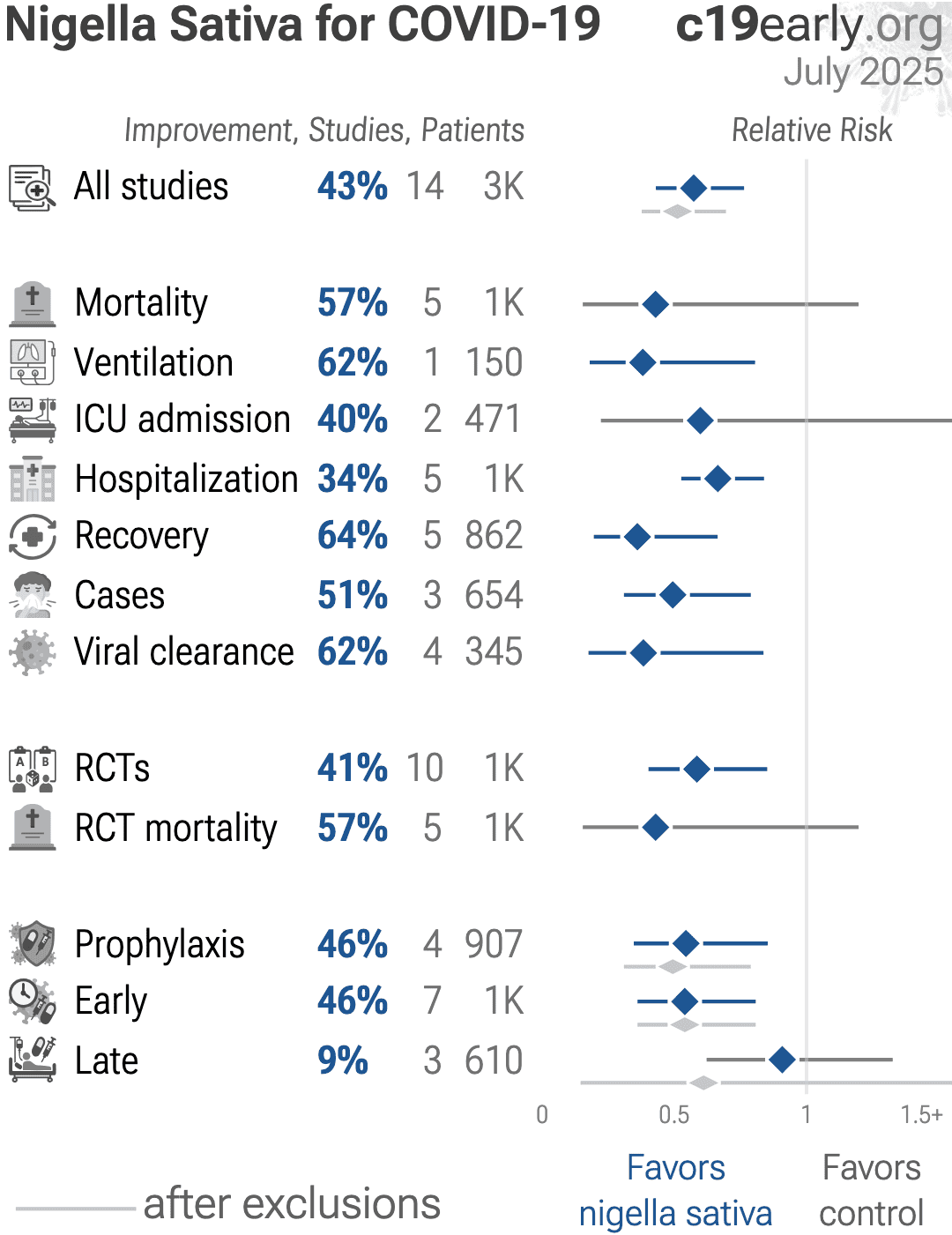Easter Sunday, a cornerstone of the Christian liturgical calendar, serves as a vibrant celebration of resurrection and renewal. Each year, myriad faithful across the globe gather to commemorate this pivotal event. Recognized for its rich historical context, Easter Sunday does not fall on a fixed date but instead is determined by a mixture of lunar and solar calendars. In 2023, Easter Sunday was observed on April 9th, a date that brought with it reflections on themes of hope, rebirth, and divine grace.
This significant observance traces its roots back to the earliest days of Christianity. According to the New Testament, Easter celebrates the resurrection of Jesus Christ from the dead, an event that is central to Christian faith. The historical context of this festival is steeped in Jewish tradition; it coincides with Passover, the festival that commemorates the Israelites’ deliverance from slavery in Egypt. This intertwining of stories underlines a deeper theological truth — the concept of liberation, both physical and spiritual, resonates through generations.
The process of calculating Easter’s date is both fascinating and intricate. The Church employs the formulas established by the Council of Nicaea in AD 325, which sets Easter as the first Sunday following the first full moon after the vernal equinox. Such a calendrical method solidifies the idea that the sacred and the natural world are inextricably linked, suggesting that a divine rhythm pervades creation itself. It is this intertwining of cosmic phenomena with sacred events that has captivated humanity’s imagination for centuries, hinting at a universe governed by divine Providence.
The observance of Easter Sunday evokes a rich tapestry of traditions and rituals across various cultures, each community bringing its unique flair to the celebration. From solemn church services to jubilant communal feasts, the day is replete with symbolism. The beloved tradition of the Easter egg, for instance, serves as a potent symbol of new life and resurrection. As families engage in the lively practice of egg hunting or crafting intricate designs, they unknowingly engage with theological themes that echo the triumph over death.
Furthermore, the liturgical practices associated with Easter, notably the Holy Week leading up to the resurrection, invite Christians to reflect deeply on the journey of Christ’s Passion. Maundy Thursday commemorate’s the Last Supper, while Good Friday observes the crucifixion. These solemn observances, filled with introspection and somberness, juxtapose the ecstasy of Easter Sunday, encapsulating the rollercoaster of emotions that epitomizes the human experience — a mosaic of suffering interspersed with joy. This arc of narrative is not merely historical but speaks to the lived experiences of individuals grappling with hope amidst despair.
The powerful symbol of the cross, once a marked emblem of suffering and humiliation, transforms dramatically in the collective consciousness of the faithful. It becomes a beacon of hope, embodying the belief that through suffering, a greater purpose may be revealed. This belief resonates deeply in our contemporary context, where the trials of life often mirror the Passion narrative. Christians are reminded that resurrection follows crucifixion; this awareness can bring solace in life’s most challenging moments.
In contemplating the deeper significance of Easter, one is compelled to ponder the notion of transformation. The Easter narrative invites individuals to reflect on their own spiritual journey. Just as Christ’s resurrection signifies victory over death, believers are encouraged to examine what it means to die to self and embrace new beginnings. This theme of transformation is not solely relegated to the spiritual realm; it spills over into the mundane, prompting many to undertake personal metamorphoses, whether through acts of service, community engagement, or the cultivation of virtues such as forgiveness and compassion.
The communal aspect of Easter cannot be overstated. The gathering of individuals in worship during this sacred season serves not only as an affirmation of faith but also as a reinforcement of the Christian community. In an age characterized by division and disconnection, these congregational celebrations provide a moment of unity, fostering a sense of belonging among the participants. The Easter Sunday services echo with the joyous refrains of “Alleluia,” a word that signals exaltation and triumph, reverberating through church halls and open spaces alike, inviting all to partake in the jubilation.
Following the joyful services, many partake in Easter brunches and family gatherings, traditions that meld spiritual reflection with joyous celebration. From the sharing of meals to the exchanging of gifts, these practices deepen familial bonds and reinforce communal ties, reflecting the early Christians’ customs of sharing their resources and fellowship in a spirit of love and mutual support. Expressing gratitude for one another mirrors the Christian call to express love and communal care.
As 2023’s Easter Sunday recedes into memory, it leaves behind a tapestry woven from threads of joy, hope, and reflection. While the date itself is fleeting, the themes it represents resonate throughout the calendar year, providing a framework through which the faithful can traverse the vicissitudes of life. The celebration of Easter invites a re-examination of personal faith, encouraging believers to embrace the transformative power of resurrection — a bittersweet truth that underlines the essence of the human experience: that from the depths of despair comes the promise of renewal and rebirth. These observations sustain the fascination with Easter, reminding disciples and seekers alike that the journey of faith is both deeply personal and profoundly communal, forever rooted in the promise of new life.



